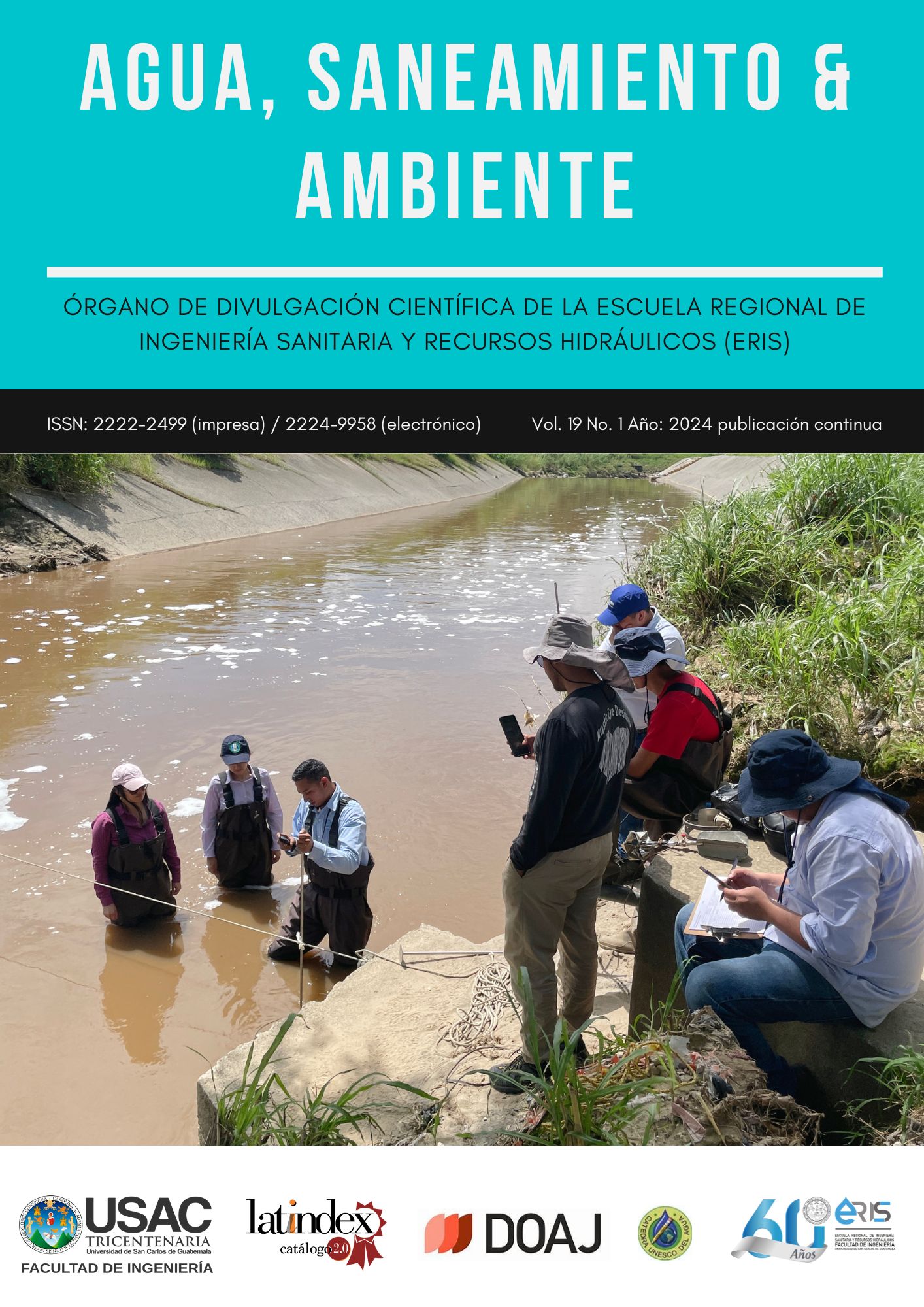Spatiotemporal ammonia (HN3) emission and source detection in Brandenburg Germany
DOI:
https://doi.org/10.36829/08ASA.v19i1.1714Keywords:
ammonia, Air quality, aerosol, ammonium, IASIAbstract
Ammonia (NH3) is a highly reactive gas with impacts on environmental aspects such as air quality, visibility, climate change, acid deposition, and eutrophication. Major global sources of NH3 emissions are from agriculture, urban activities, and wildfires. NH3 serves as a vital precursor to secondary aerosol particle formation, eventually transforming into ammonium (NH4+) within the atmosphere.
This study is centered in Brandenburg, Germany, examining land cover classifications and NH3emissions using satellite-based Earth observation methods. These techniques encompass monitoring both spatial and temporal variations in ground surface sources and the total column of NH3 emissions. Additionally, NH3 emissions are detected in the atmosphere using the Meteorological Operation Satellite (MetOp-B) with the Infrared Atmospheric Sounding Interferometer (IASI). A detailed Land Cover Classification map at 10 m resolution is employed. Furthermore, the study utilizes MODIS Aqua/Terra data to collect information on active fires. The results of this research illustrate the comprehensive analysis of land cover classifications and NH3 emission patterns in Brandenburg. The annual mean NH3emissions from 2013 to 2022 reveal consistent values, with noticeable increases observed during specific years in northern Brandenburg. The annual distribution of fire spots, as recorded by MODIS Aqua/Terra, highlights potential correlations between fire incidents and ammonia emissions. Notably, boxplot time series data present an intriguing pattern where nighttime NH3 concentrations consistently surpass daytime levels. In the future, this study aims to employ a multiplatform approach integrating satellite and ground-based observations of aerosol optical depth (AOD) in the atmosphere, with a specific focus on the presence of NH3.
Downloads
References
Clarisse, L., Franco, B., Van Damme, M., Gioacchino, T. Di, Hadji-Lazaro, J., Whitburn, S., Noppen, L., Hurtmans, D., Clerbaux, C., & Coheur, P. (2019). The IASI NH 3 version 4 product: averaging kernels and improved consistency. https://doi.org/10.5194/amt-2023-48. DOI: https://doi.org/10.5194/amt-2023-48
Dammers, E., Palm, M., Van Damme, M., Vigouroux, C., Smale, D., Conway, S., Toon, G. C., Jones, N., Nussbaumer, E., Warneke, T., Petri, C., Clarisse, L., Clerbaux, C., Hermans, C., Lutsch, E., Strong, K., Hannigan, J. W., Nakajima, H., Morino, I., … Erisman, J. W. (2016). An evaluation of IASI-NH<sub>3</sub> with ground-based Fourier transform infrared spectroscopy measurements. Atmospheric Chemistry and Physics, 16(16), 10351–10368. https://doi.org/10.5194/acp-16-10351-2016. DOI: https://doi.org/10.5194/acp-16-10351-2016
Franco, B., Clarisse, L., Stavrakou, T., Müller, J. ‐F, Van Damme, M., Whitburn, S., Hadji‐Lazaro, J., Hurtmans, D., Taraborrelli, D., Clerbaux, C., & Coheur, P. ‐F. (2018). A General Framework for Global Retrievals of Trace Gases From IASI: Application to Methanol, Formic Acid, and PAN. Journal of Geophysical Research: Atmospheres, 123(24). https://doi.org/10.1029/2018JD029633. DOI: https://doi.org/10.1029/2018JD029633
Shen, L., Zhao, C., Yang, X., Yang, Y., & Zhou, P. (2022). Observed slump of sea land breeze in Brisbane under the effect of aerosols from remote transport during 2019 Australian mega fire events. Atmospheric Chemistry and Physics, 22(1), 419–439. https://doi.org/10.5194/acp-22-419-2022. DOI: https://doi.org/10.5194/acp-22-419-2022
Van Damme, M., Clarisse, L., Franco, B., Sutton, M. A., Erisman, J. W., Wichink Kruit, R., van Zanten, M., Whitburn, S., Hadji-Lazaro, J., Hurtmans, D., Clerbaux, C., & Coheur, P.-F. (2021). Global, regional and national trends of atmospheric ammonia derived from a decadal (2008–2018) satellite record. Environmental Research Letters, (5), 055017. https://doi.org/10.1088/1748-9326/abd5e0. DOI: https://doi.org/10.1088/1748-9326/abd5e0
Vizzari, M. (2022). PlanetScope, Sentinel-2, and Sentinel-1 Data Integration for Object-Based Land Cover Classification in Google Earth Engine. Remote Sensing, 14(11), 2628. https://doi.org/10.3390/rs14112628. DOI: https://doi.org/10.3390/rs14112628
Downloads
Published
How to Cite
Issue
Section
License
Copyright (c) 2024 Agua, Saneamiento & Ambiente

This work is licensed under a Creative Commons Attribution-NonCommercial-ShareAlike 4.0 International License.







